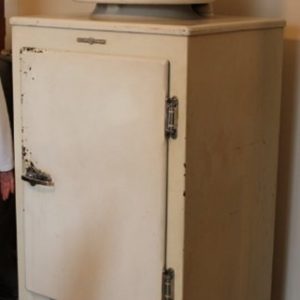Description
Are you or someone you know constantly texting? This might be the perfect adoption for you or them.
A telegraph register allowed messages to be received when no one was available to take the message. Messages were sent in Morse Code via a landline. This is an example of the earliest form of technology that allowed messaging over long distances using electromechanical means. The messages, that is the Morse Code was embossed by this receiver on to a paper tape (think of tickertape, of the tickertape parades of decades gone by). Morse specified this embossing on paper because he found that pens tended to become clogged when he tried to use ink.
The Delaware County Historical Society’s (DCHS) telegraph register was made by Knox & Shain in Philadelphia in the mid-19th century. It has been suggested that this telegraph register came to Delaware with the construction of the railroads here. The serial number of this item indicates that this receiver may date to the 1850’s. The firm of Knox & Shain was established in 1850 on Chestnut Street, Philadelphia, Pa. The Smithsonian Institution’s museum has an almost identical register with a serial number in the 1200’s (per letter in photos), while the DCHS’s is 712.
—–




